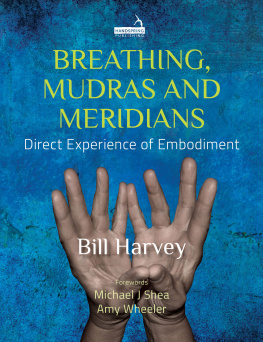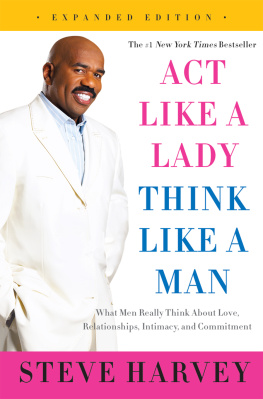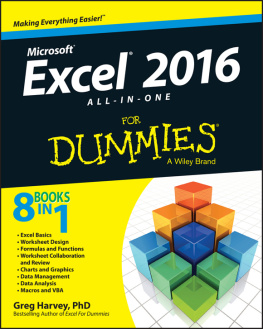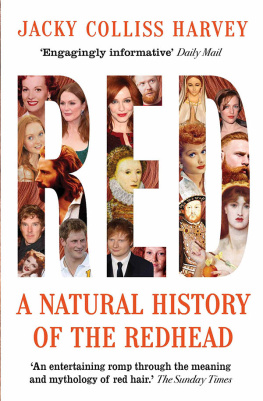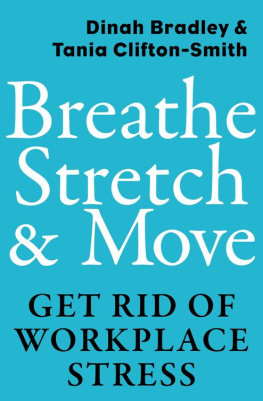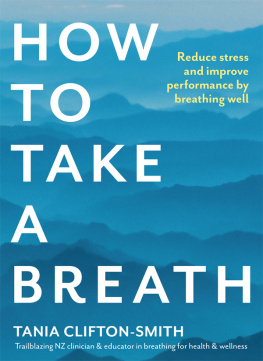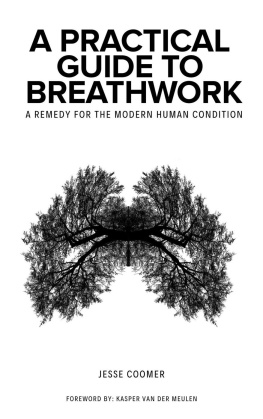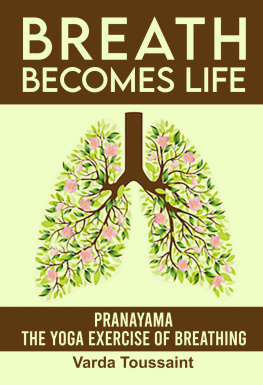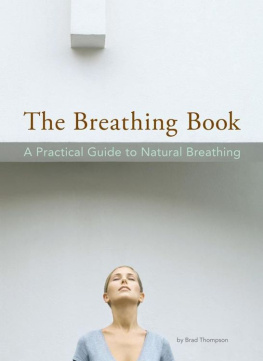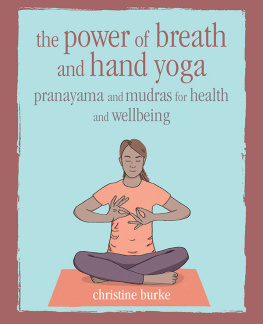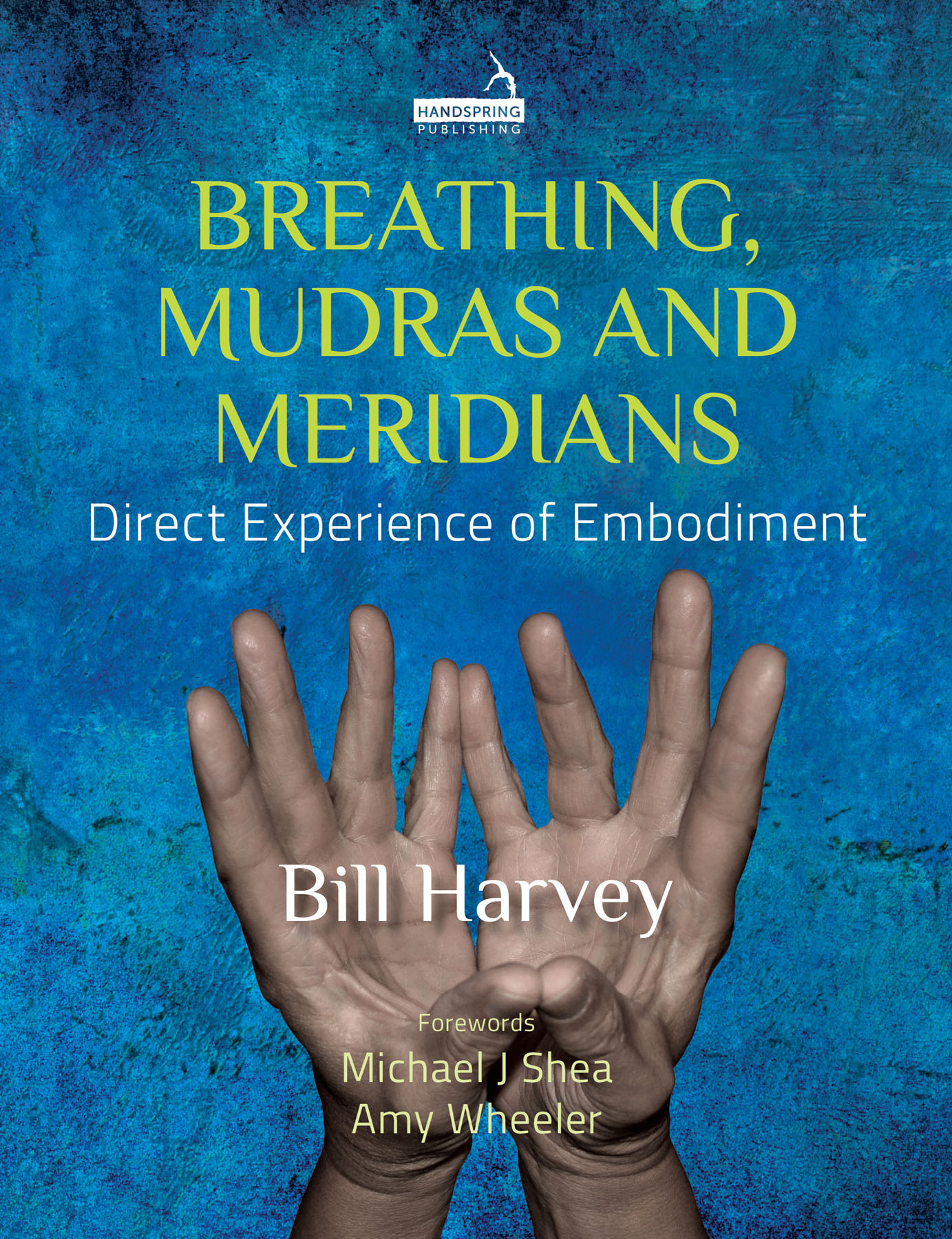Table of Contents
Guide
HANDSPRING PUBLISHING LIMITED
The Old Manse, Fountainhall,
Pencaitland, East Lothian
EH34 5EY, Scotland
Tel: +44 1875 341 859
Website: www.handspringpublishing.com
First published 2021 in the United Kingdom by Handspring Publishing Limited
Copyright Handspring Publishing Limited 2021
All rights reserved. No parts of this publication may be reproduced or transmitted in any form or by any means, electronic or mechanical, including photocopying, recording, or any information storage and retrieval system, without either the prior written permission of the publisher or a licence permitting restricted copying in the United Kingdom issued by the Copyright Licensing Agency Ltd, Saffron House, 610 Kirby Street, London EC1N 8TS.
The right of Bill Harvey to be identified as the Author of this text has been asserted in accordance with the Copyright, Designs and Patents Acts 1988.
ISBN 978-1-909141-86-5
ISBN (Kindle eBook) 978-1-909141-87-2
British Library Cataloguing in Publication Data
A catalogue record for this book is available from the British Library
Library of Congress Cataloguing in Publication Data
A catalog record for this book is available from the Library of Congress
Notice
Neither the Publisher nor the Authors assume any responsibility for any loss or injury and/or damage to persons or property arising out of or relating to any use of the material contained in this book. It is the responsibility of the treating practitioner, relying on independent expertise and knowledge of the patient, to determine the best treatment and method of application for the patient.
All reasonable efforts have been made to obtain copyright clearance for illustrations in the book for which the authors or publishers do not own the rights. If you believe that one of your illustrations has been used without such clearance please contact the publishers and we will ensure that appropriate credit is given in the next reprint.
Commissioning Editor Sarena Wolfaard
Project Manager Morven Dean
Copy Editor Dylan Hamilton
Designer Bruce Hogarth
Indexer Aptara, India
Typesetter Amnet, India
Printer Melita, Malta
Book printed in Minion Pro Regular 12/13.5pt
The
Publishers
policy is to use
paper manufactured
from sustainable forests
|
CONTENTS

Bill Harvey has been a Certified Rolfer since 1984, Certified Advanced Rolfer since 1990, Rolf Movement Practitioner since 1999, and Biodynamic Craniosacral practitioner since 1984. His interest in combining these three approaches while working with clients led to the development of his trainings in Biodynamic Structural Integration, which began in 2005.
The problem of figuring out how to not run out of breath while distance running, and being around adults with emphysema, captured Harveys interest in breathing at an early stage. A large part of the attraction that Rolfing held for him lay in that disciplines ability to alter the texture and pliability of the intercostal muscles of the ribcage so that there could be more room for the lungs to expand, and more ease throughout the thorax to allow the lungs to deflate more fully.
Since the early 1980s his professional interest in breathing has followed two paths of inquiry: (1) how to free up tissue within the body, by working with connective tissue; by increasing the motility of the individual lobes of the lungs through visceral manipulation; how to tease out limiting habitual holding patterns through movement therapy; and how to titrate out emotional and kinetic charge through Biodynamic Craniosacral Therapy; and (2) to discover whether or not there are any inherent feedback loops within the body that can be called upon to support our activities.
Over his nearly four-decade full-time career in manual therapies, Harvey has also pursued a variety of interests that deepened his work and instruction of Structural Integration. These interests have centered on questions of how life works. What is our proper place in Nature? What is the relationship between the wiring of our nervous systems, established through our attachment patterns and our physical structure and behavior? What is the relationship between our belief systems and structure? What is the relationship between ancestral patterns and structure and behavior? Most importantly, what can work with these realities?
Our breathing activates the answers to these questions, leading us on a path to embodiment that clarifies and contextualizes our inner experiences within the natural world.
The Internet is awash in breathing techniques. Yoga classes have their pranayama with every asana, and Zazen extols the posture of sitting like a mountain and breathing like a river. Neurophysiologists tell us the importance of respiratory sinus arrhythmia, inhalation and exhalation influencing the autonomic nervous system. Vagal maneuvers to stimulate the vagus nerve with breathing are very popular these days. But how is this taught? For the most part, the missing ingredient is direct awareness of the interiority of the body. Finally, here is a book on developing a felt sense of the breath, a non-conceptual knowledge of the body breathing.
Manipulation of the ordinary breath was the favorite target of stress-reduction strategies and breathing techniques from different schools such as Holotropic Breath Work, Reichian Therapy, Bioenergetics and Rebirthing. However, these and other breathing techniques were principally designed for release-based catharsis and emotional release. This was a phase of reclaiming the body from its locked-in trauma during the 1970s and 1980s. Gradually, bodies and minds changed for the sake of deeper safety and self-regulation. This ushered in an enormous popularity with Hatha Yoga, mindfulness meditation, Chi Kung and various breathing techniques. Emotional release with breathing techniques became out of phase with the evolving needs of the mind and body in our post-9/11 age. It was the dawn of the necessity for an integrated spiritual approach to healing the body.
This is an authoritative text on the breath that completes the transition from the traumatic to the spiritual. Reading the Table of Contents takes one on a journey through the cosmos with the breath while grounded on Earth. Each chapter explores beautifully the nuances of embodied breathing. This gem from Bill Harvey is about the necessary integration and evolution of the breath as interior knowing that is so needed in our contemporary culture.
Breathing started at the beginning of our Universe. This motion is associated with the element of wind or air in Eastern medical systems. To know the breath deeply is to sense its subtlety both inside and out. Eastern medical systems have three levels of interiority associated with the wind element: the ordinary physical body, the subtle body and the very subtle body. All three levels are a unified whole interconnected with the natural world all the way to the beginning of the cosmos. Each breath is the original breath and this book provides access to such originality consciously.
Next page
